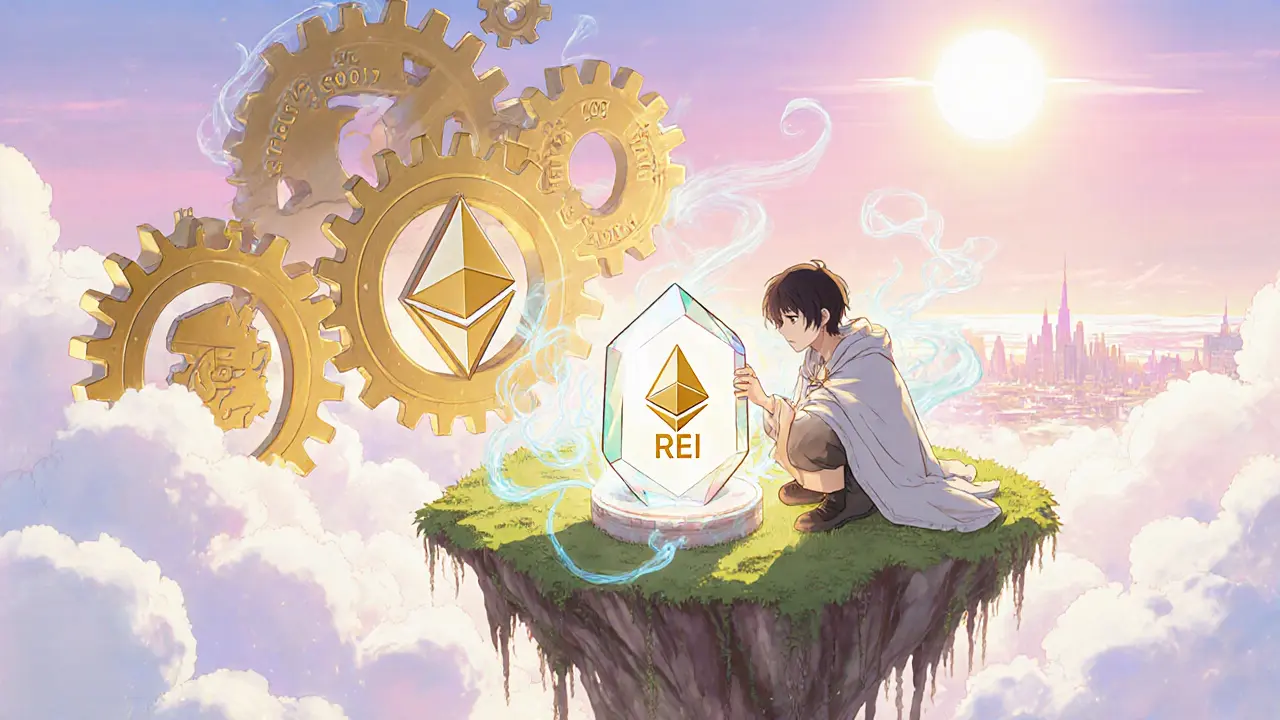Cryptocurrency Airdrop: What It Is and How to Claim Free Tokens
When working with cryptocurrency airdrop, a free token distribution carried out by a blockchain project for its community. Also known as token airdrop, it helps new projects attract users and reward early supporters.
One common form of an airdrop involves a DeFi token, a token that powers decentralized finance services such as lending, staking or yield farming. By handing out these tokens, projects can jump‑start liquidity and create a base of active participants. The cryptocurrency airdrop therefore serves as both a marketing push and a way to distribute governance power.
Core Elements Behind a Successful Airdrop
A typical airdrop is launched by a blockchain project, an organized effort to build a network, issue tokens and develop applications on that network. The project defines the tokenomics, sets eligibility rules, and announces the distribution schedule. This means the airdrop encompasses token distribution, community outreach, and often a set of tasks like following social channels or holding a certain balance.
To actually receive the free tokens, users usually go through a crypto exchange, a platform that lets you trade, deposit and withdraw cryptocurrencies. The exchange may act as a bridge, automatically crediting eligible wallets or requiring users to claim manually. In many cases the exchange facilitates airdrop claims, reducing the technical steps for newcomers.
Regardless of the platform, the tokens end up in a crypto wallet, software or hardware that stores your private keys and lets you manage your assets. Wallet security directly influences airdrop success; a lost private key means a lost claim. Choosing a reputable wallet and backing up recovery phrases are essential steps before you even start the claim process.
Eligibility criteria vary widely. Some airdrops target users who held a specific token before a snapshot date, others require completion of social tasks like joining a Telegram group or retweeting an announcement. The claim steps often involve connecting your wallet to a web portal, verifying your address, and confirming the transaction. A smooth claim experience depends on clear instructions from the project and a responsive support channel.
Scams are a real danger. Fraudsters copy popular airdrop announcements, ask for private keys, or request payment to “unlock” the free tokens. Always double‑check the official source, never share your seed phrase, and use a dedicated wallet for airdrop claims when possible. Treat any request for payment as a red flag.
Looking ahead, airdrops are evolving. Some projects combine airdrops with liquidity mining, giving extra rewards for providing pool depth on decentralized exchanges. Others tie airdrops to NFT ownership, creating hybrid incentives. Keeping an eye on these trends can help you spot high‑value opportunities before they become mainstream.
Below you’ll find a curated list of articles that walk through specific airdrop cases, claim guides, and risk assessments. Whether you’re after a quick free token or a deeper dive into tokenomics, the collection gives you practical steps and real‑world examples to boost your airdrop game.
19
Zerogoki REI Token Airdrop Details & Current Status (2025)
A clear, up‑to‑date look at Zerogoki's REI token, why no airdrop data exists, and how to stay safe while monitoring any future giveaway.
Latest Posts
Popular Posts
-
 What Is Collateralization in DeFi? A Clear Guide to How It Works and Why It Matters
What Is Collateralization in DeFi? A Clear Guide to How It Works and Why It Matters
-
 Xena Exchange Crypto Exchange Review: Professional Tools vs. Regulatory Risks
Xena Exchange Crypto Exchange Review: Professional Tools vs. Regulatory Risks
-
 What is LUXO (LUXO) crypto coin? The truth about the luxury authentication token
What is LUXO (LUXO) crypto coin? The truth about the luxury authentication token
-
 What is Privix New (PRIVIX) Crypto Coin? Facts, Price, and Risks in 2025
What is Privix New (PRIVIX) Crypto Coin? Facts, Price, and Risks in 2025
-
 What is Bitgert (BRISE) crypto coin? Full breakdown of the blockchain, tokenomics, and real-world performance
What is Bitgert (BRISE) crypto coin? Full breakdown of the blockchain, tokenomics, and real-world performance
Tags
- crypto exchange
- cryptocurrency
- crypto exchange review
- meme cryptocurrency
- blockchain
- cryptocurrency compliance
- Binance Smart Chain
- CoinMarketCap airdrop
- underground crypto Nepal
- crypto airdrop guide
- crypto staking
- Bitcoin mining Iran
- airdrop
- Ethereum staking
- GENIUS Act
- liquid staking
- cryptocurrency exchange security
- crypto
- crypto airdrop
- crypto regulations



